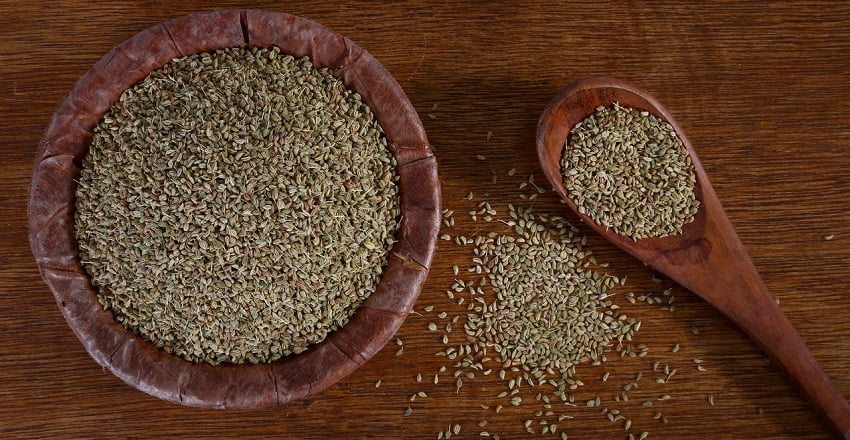In Ayurveda, Navratras (the nine days of fasting and worship in Hindu tradition) and Ritu Sandhi (the transition period between seasons) share significant connections, both emphasizing balance, cleansing, and rejuvenation. Here’s the Ayurvedic logic behind this relationship: Timing of Navratras and Ritu Sandhi: Navratras occur twice a year, typically during the seasonal transitions of spring (March-April) and autumn (September-October). These periods align with *Ritu Sandhi, where the body undergoes a shift to adapt to the changing environment. In Ayurveda, these times are seen as crucial for maintaining health because imbalances in the *doshas (Vata, Pitta, Kapha) are more likely to arise during seasonal transitions. Cleansing and Detoxification: Navratras involve fasting and consuming a light, sattvic diet (primarily fruits, vegetables, and light grains like buckwheat and amaranth), which aligns with the Ayurvedic principle of light diets during Ritu Sandhi. The purpose of this is to give the digestive system a break, detoxify the body, and eliminate accumulated toxins (ama) from the… Continue reading Why Navratras fasting is recommended as per Ayurveda












